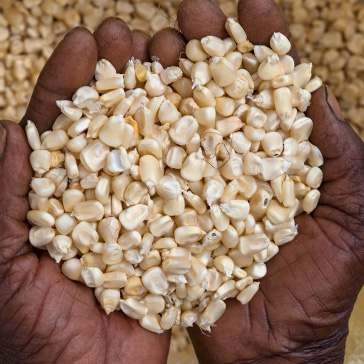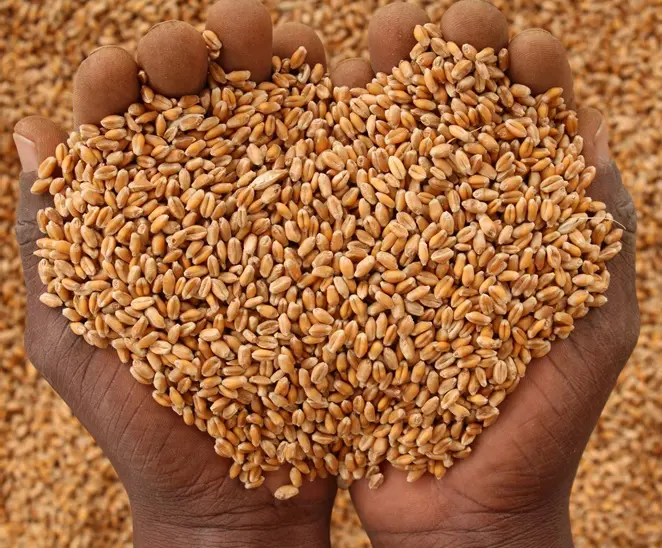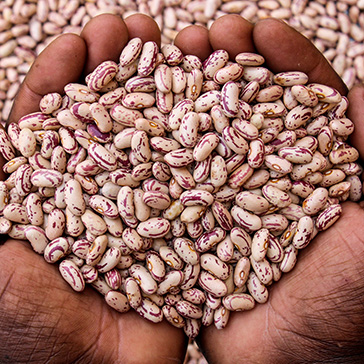Utilizing Land and Water for a Bumper to Bumper harvest
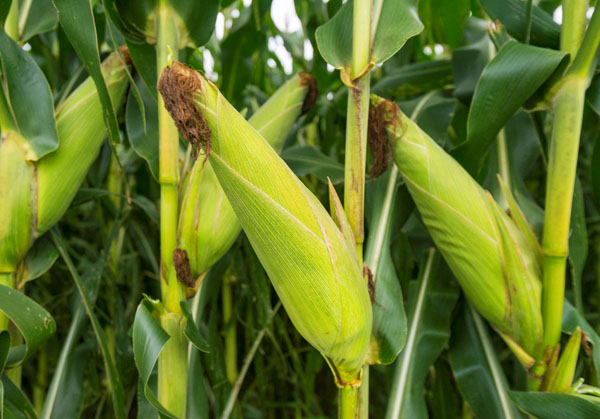
With the drive to rebuild and grow our economy, it is now imperative that we utilise our abundant resources (water, land and human) especially on the agricultural front. Agriculture occupies a central space in the Zimbabwean economy and has the potential to significantly reduce poverty, enhance economic growth and with time entrench economic stability.
Tap into the abundant resources
Land and Climate
Given the advantages of arable land and good climatic conditions, Zimbabwe should embrace the concept of agriculture-led growth and development as a road map to developing her economic status going forward. From our previous discussion, we highlighted that conducive climatic and soil conditions are key comparative advantages Zimbabwe is endowed with because they can allow two cropping cycles per year. That coupled with a drive to address the human factor aspects – (capitalise on the very highly literate human resource base) should take Zimbabwe to another level of agricultural productivity and food self-sufficiency and ultimately economic stability.
Water and Irrigation
The 2016-17 agricultural season has been more than a good year as far as rainfall is concerned. As such, our water bodies now have a capacity to irrigate more than 2m ha. The rainfall distribution has been very good from the onset of the season for the current summer crop hence the filling up our water bodies (rivers and dams), some even beyond capacity. The total gross amount of water required for a winter wheat crop is about 600 mm per ha/6 mega Litres per ha), applied as and when the crop requires it. The same applies to winter maize.
| Dam | Catchment | Purpose | % full |
| Bubi-Lupane | Gwayi | Irrigation and Water Supply | 104 |
| Exchange | Gwayi | Irrigation and Water Supply | 100 |
| Khami | Gwayi | Irrigation | 90,5 |
| Insukamini | Gwayi | Irrigation and Water Supply | 119, 3 |
| Lower Mgusa | Gwayi | Irrigation | 111, 3 |
| Chivero | Manyame | Irrigation and Water Supply | 103,2 |
| Manyame | Manyame | Water Supply and Irrigation | 98, 7 |
| Mazvikadei | Manyame | Irrigation and Mining | 104, 4 |
| Blockely | Manyame | Irrigation and Water Supply | 65 |
| Karoi | Manyame | Water Supply and Irrigation | 100 |
| Mazowe | Mazowe | Irrigation | 79,2 |
| Nyambuya | Mazowe | Irrigation and Water Supply | 100 |
| Rufaro | Mazowe | Water Supply | 100 |
| Kushinga-Phikhelela | Mazowe | Irrigation and Water Supply | 101 |
| Mtshabezi | Mzingwane | Irrigation and Water Supply | 106, 8 |
| Zhovhe | Mzingwane | Irrigation | 106,6 |
| Upper Ncema | Mzingwane | Water Supply | 112,9 |
| Lower Ncema | Mzingwane | Water Supply | 110,3 |
| Inyankuni | Mzingwane | Water Supply | 74,5 |
| Mundi-Mataga | Mzingwane | Irrigation | 115, 7 |
| Manyuchi | Mzingwane | Irrigation | 125 |
| Bangala | Runde | Irrigation | 105,3 |
| Tokwe-Mukorsi | Runde | Irrigation | 49 |
| Amapongokwe | Runde | Irrigation | 112 |
| Muzhwi | Runde | Irrigation and Mining | 129, 4 |
| Mutirikwi | Runde | Irrigation and Water Supply | 25,2 |
| Manjirenji | Runde | Irrigation | 60,3 |
| Mushandike | Runde | Irrigation | 56,5 |
| Sebakwe | Sanyati | Water Supply and Irrigation | 117,2 |
| Whitewaters | Sanyati | Water Supply | 100,3 |
| Claw | Sanyati | Irrigation and Water Supply | 98,2 |
| Osborne | Save | Irrigation | 56,5 |
| Siya | Save | Irrigation | 61,9 |
| Wenimbi | Save | Water Supply and Irrigation | 102,1 |
| Rusape | Save | Water Supply and Irrigation | 100, 2 |
| Ruti | Save | Irrigation | 90,3 |
Source: ZINWA website (www.zinwa.co.zw), date retrieved 3/15/2017
Double Cropping
We need to take a position as a nation to utilise and manipulate the climatic diversity (cold winters and warm summers in high and middlevelds and warm winters and hot summers in the lowvelds. It can be a smarter way of ensuring substantial food grain availability and beefing up the national strategic food reserves. Double-cropping can save the soil from the effects of sun burn and protects it against soil erosion. Growing crops on the fields nearly all year-round aids spreading fixed costs over two cropping ventures and can increase gross returns per area. This should be a topline story to the ears of a commercial farmer.
Several factors influence successful double-cropping. Timing is critical and usually goes back to favourable weather conditions. Double-cropping can be a good option for your operation! But success depends on timely planting and good management throughout the growing season.
Double cropping options
| Summer | Winter | Suitable regions |
| Maize | Wheat | Highveld and Middle yields |
| Maize | Maize | Low yields (below 900masl)/areas with warm winters |
| Soya bean | Wheat | Highveld and Middle veld |
Maize Double Cropping (Summer (Maize) to Winter (Maize)
The maize double cropping concept is compatible with conditions that prevail in the lowveld (frost free areas), regions below 900 masl. Winter temperatures in these regions rarely go below 15 degrees thereby allowing normal maize growth. The 1300 Heat Units that maize requires to reach physiological maturity is met before the onset of the following summer season. Therefore, let us utilise this climatic diversity and advantage as a smarter way of ensuring substantial food grain availability.
Summer (Maize) to Winter (Maize) is a practice worth considering among lowveld farmers because of warm and frost-free winters experienced. Areas such as Chiredzi, Mbire and Muzarabani, among others, are examples of low-lying areas suitable for winter maize cropping. Farmers with irrigation and those in irrigation schemes should take advantage of this topline opportunity!
In the lowveld areas, we recommend maize establishment by the first/second week of April. Early, medium and late maturing hybrids with fast dry down are always recommended for maize double cropping in the lowveld regions.
However, farmers should always dress their seed with an imidachloprid containing chemical options and also to use Maize Streak Virus (MSV) resistant varieties. This is to minimise yield losses due to MSV which is usually rife in winter.
Maize-Wheat Double Cropping
Summer (Maize) to Winter (Wheat) is practiced in the middle to high veld regions of the country; those frost prone areas. Early maize harvesting facilitated by aeration strips, grain drying facilities among other factors should enable farmers to meet the targets of early wheat plantings. The maize-wheat double cropping option can take advantage of the zero tillage techniques (no much time wasted on land preps). Wheat generally takes 135 days to reach maturity, so it is important to plant early to harvest around October. Farmers should always note the optimum planting times for wheat should be between the last 2 weeks of April to the first week of June/latest mid-June.
Maize-Wheat double cropping (Highveld and Middle veld)
Considerations:
- Early summer crop harvesting by the 20th April
- Early winter crop to harvest by the last week of September/first week of October
- Drying facilities-to harvest a summer maize crop at 20-25% and plant winter crop on time
- Varietal choice early, medium and late maturing hybrids with fast dry down are encouraged. Examples are SC633 which loses moisture at 2-2.5%, SC529 at 1.8-2%/week. SC 727 and SC 719 which dry at about 1.7-1.9%/week are also other compatible options but require early planting around mid-October/earlier.
- Irrigation to establish summer crop early (October) (and supplement during mid-season) and also for winter full irrigation
The other double cropping option includes soya bean in the mix. The main advantage of this is that the soya varieties which we have in Zimbabwe are early to medium maturing (120-130 days to physiological maturity) in the high to middle veld regions.
Extension
Adequate extension services to all farming sectors are required in order to utilise crop inputs and resources and carryout sound crop management practices that result in enhanced yields and profitable farming businesses.
Parting shots
Let’s now turn attention to winter season for a possible bumper to bumper harvest or double bumper harvest.
Farmers without irrigation should take the time ‘after harvesting’ to sample their soils for analysis and to determine pH imbalances and if need be they must be corrected promptly. Lime application should be seriously considered by farmers as a way of taking agricultural productivity to another higher level next season and beyond. To be precise and effective, lime application rates should be based on soil analysis results. Soil analysis is important to determine the liming agent to be used and also the rate of application per hectare. Lime can be applied and disced under during ‘winter ploughing’ into the root zone of the intended crop.
Tip of the day: Termite control
The funniest BUT EFFECTIVE way of controlling termite menace on maize crop is ‘leaf break and drop on the row’ where a few leaves are pruned (from a mature crop) and dropped on each and every other row. The termites will then divert to feeding on the dropped leaves instead of the maize crop.
However, the other long-term cultural option is CA where the termites feed on residues/stover/mulches instead of the maize crop.
Contact Seed Co technical team:
John Basera, Seed Co Head of Agronomy Services can be contacted on +263 772 413 184
Dr. Gorden Mabuyaye, Seed Co Group Maize Breeding Lead can be contacted on +263 772 132 767
Author: John Basera and Dr. Gorden Mabuyaye

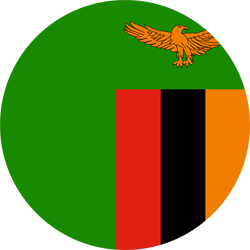 Zambia
Zambia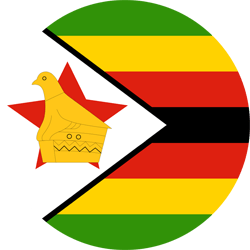 Zimbabwe
Zimbabwe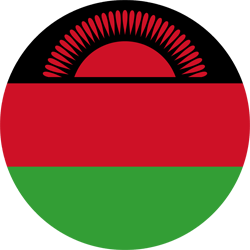 Malawi
Malawi Botswana
Botswana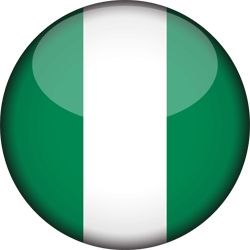 Nigeria
Nigeria